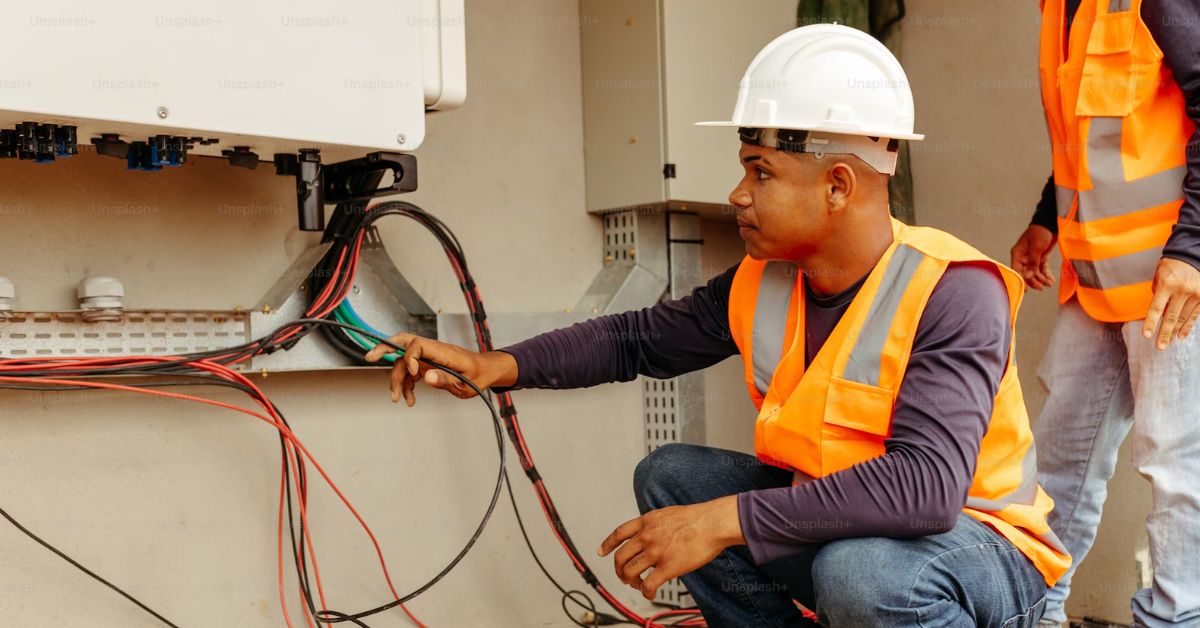Introduction to Electrical Equipment
Electrical equipment is the cornerstone of modern society, influencing almost every aspect of our lives with its ubiquitous presence. From lighting our homes to empowering the most complex industries, the role of electrical equipment cannot be overstated. Historically, electrical devices were simplistic, crafted to perform single tasks. However, today, they have evolved into sophisticated systems that integrate numerous functionalities. This transformation is driven by the ceaseless march of technological advancement, making today’s electrical systems more efficient and indispensable than ever before.
Importance in Modern Infrastructure
As the backbone of industrial and urban centers, electrical equipment is critical for powering infrastructure worldwide. This equipment ensures the smooth operation of essential services such as communications, transport, and utilities. With urbanization accelerating globally, the reliance on robust and reliable electrical systems has intensified, pushing the demand for innovative solutions to meet these infrastructure needs. Embracing cutting-edge energy solutions is essential for efficiently managing these rising demands, showcasing the ever-evolving nature of the industry.
Types of Electrical Equipment
Electrical equipment comes in many forms, each serving vital and specific roles within a system. Transformers, for instance, regulate voltage levels, allowing efficient, low-loss power transmission across long distances. Circuit breakers enhance safety by automatically interrupting power flow during overloads or faults, reducing fire risks. Switches and relays manage and direct electrical currents to maintain smooth system operations. Similarly, the electric motor plays a crucial role by converting electrical energy into mechanical motion, driving everything from industrial machinery to household appliances. Understanding the function of each component, including the electric motor, is essential for ensuring reliability and maximizing efficiency in complex infrastructure systems.
Benefits of Advanced Technologies
The emergence of smart grids and the Internet of Things (IoT) within electrical systems has revolutionized how we interact with energy. Smart grids increase reliability and efficiency by providing real-time data and analytics, leading to optimized power distribution and reduced outages. IoT technologies enable appliances to communicate with one another, allowing for enhanced control and significant energy savings. These technological advancements have had a major impact on system performance and opened up new avenues for innovation and efficiency in the electrical sector.
Key Considerations for Selection
Multiple factors come into play when selecting electrical equipment to ensure compatibility and effectiveness. Cost is a primary consideration, as it impacts the budgetary constraints of infrastructure projects. However, focusing solely on cost can be detrimental if other factors like capacity and future scalability are neglected. Environmental impact is also crucial; choosing eco-friendly and energy-efficient equipment helps reduce carbon footprints. Additionally, ensuring that new equipment is compatible with existing systems and potential future technologies is key in making a wise investment and supporting sustainable growth.
Maintenance and Safety Measures
Proper maintenance of electrical equipment not only extends its lifespan but also prevents unexpected failures. Regular inspections and timely replacements of worn components are essential maintenance practices. Implementing these measures ensures that equipment operates safely and efficiently. Safety measures, including rigorous staff training and adherence to safety protocols, are vital for minimizing hazards related to electrical equipment. It is crucial to safeguard infrastructure and people against electrical hazards, and thorough safety procedures are essential to maintaining a safe atmosphere.
Case Studies in Infrastructure Projects
Real-world examples can offer invaluable lessons in deploying electrical equipment in infrastructure projects. For instance, adopting smart grids in large urban centers has led to considerable energy management and emission reduction improvements. Such projects underline the benefits of integrating cutting-edge technology into traditional systems, enhancing efficiency and sustainability. Learning from these case studies aids in better understanding the challenges and solutions associated with deploying advanced electrical systems, thus guiding future projects toward success.
The Future of Electrical Equipment
The horizon for electrical equipment is filled with promising developments as emerging trends continue to shape the industry. Electrical systems increasingly incorporate renewable energy sources, such as wind and solar, to encourage sustainability and lessen dependency on fossil fuels. These green technologies promise to alter electricity generation and distribution landscapes significantly. With further innovations on the horizon, electrical equipment is set to surpass current capabilities, paving the way for a future where infrastructures are more efficient, resilient, and environmentally friendly.











